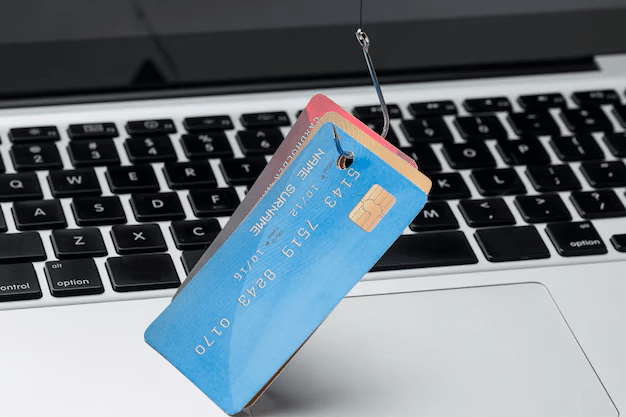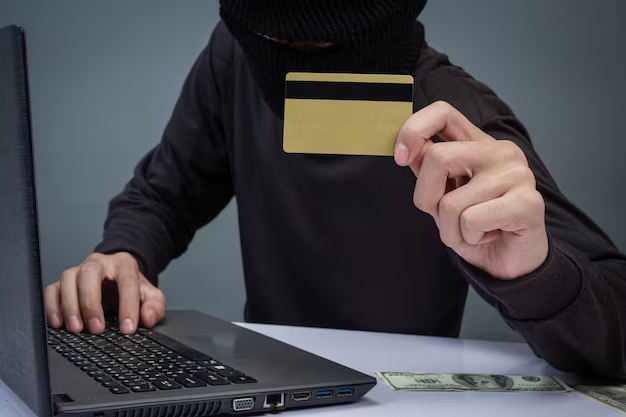Credit card fraud is a significant concern in today’s digital age, where data breaches and cybercrime are increasingly common. Fraud alerts are an essential tool for protecting your financial information, but understanding how they work and how to respond effectively is key to keeping your identity and funds secure.
What Is a Credit Card Fraud Alert?

A fraud alert is a notification issued by your credit card issuer when suspicious or unusual activity is detected on your account. This could involve large purchases, transactions in unfamiliar locations, or multiple failed login attempts to your online account. These alerts are designed to help you take quick action to verify or deny transactions and prevent unauthorized charges.
Common Types of Credit Card Fraud
- Identity Theft: When someone steals your personal information to open accounts or make purchases in your name.
- Skimming: Criminals use devices to capture your credit card details at ATMs or payment terminals.
- Phishing: Fraudsters trick you into providing sensitive information through fake emails or websites.
- Card-Not-Present (CNP) Fraud: Fraudulent transactions occur without the physical card, often online or over the phone.
- Lost or Stolen Cards: Unauthorized transactions made with a physical card that’s been lost or stolen.
How Fraud Alerts Work
- Monitoring: Your credit card issuer uses sophisticated algorithms and real-time monitoring to detect unusual activity.
- Alerting: If suspicious activity is detected, you’ll receive an alert via email, SMS, or app notification.
- Verification: You’ll be asked to verify whether the flagged transaction was authorized.
- Blocking: If unauthorized activity is confirmed, the issuer will block your card to prevent further misuse.
- Investigation: The issuer will investigate the charges and may issue a replacement card.
Steps to Protect Yourself from Fraud and Identity Theft
1. Monitor Your Accounts Regularly
- Review your credit card statements frequently for unauthorized or unfamiliar transactions.
- Use mobile banking apps to enable real-time transaction notifications.
2. Set Up Alerts
- Activate fraud alerts through your credit card issuer’s mobile app or online portal.
- Customize alerts for specific activities, such as purchases over a certain amount or transactions in foreign countries.
3. Use Secure Payment Methods
- Prefer credit cards over debit cards for online transactions, as they offer better fraud protection.
- Use virtual cards or payment wallets for additional security.
4. Avoid Public Wi-Fi for Transactions
- Avoid using public Wi-Fi networks for online shopping or banking. Use a VPN if necessary.
5. Be Wary of Phishing Scams
- Never share your credit card details or personal information in response to unsolicited emails, messages, or phone calls.
- Verify the sender’s authenticity before clicking on links.
6. Use Strong Passwords
- Protect your online banking and shopping accounts with strong, unique passwords.
- Enable two-factor authentication for an added layer of security.
7. Shred Sensitive Documents
- Shred credit card statements and other documents containing personal information before disposing of them.
8. Secure Your Physical Card
- Keep your credit cards in a safe place and report them immediately if lost or stolen.
9. Freeze Your Credit When Necessary
- If you suspect identity theft, contact the credit bureaus to freeze your credit. This prevents fraudsters from opening new accounts in your name.
What to Do If You Receive a Fraud Alert
- Respond Promptly: Verify or deny the suspicious transaction as soon as possible.
- Contact Your Issuer: Call your credit card company immediately to confirm unauthorized charges and discuss the next steps.
- File a Dispute: If fraud is confirmed, file a dispute for the unauthorized charges.
- Replace Your Card: Request a new card with a different number to prevent further misuse.
- Monitor Your Credit Report: Check your credit report for any unauthorized accounts or inquiries.
Conclusion
Fraud alerts are an effective tool to detect and mitigate unauthorized activity on your credit card. By staying vigilant, setting up alerts, and following best practices for securing your financial information, you can significantly reduce the risk of credit card fraud and identity theft. Responding promptly to alerts and regularly monitoring your accounts ensures that you remain in control of your financial security.
FAQs
1. What triggers a fraud alert on my credit card?
Fraud alerts can be triggered by unusual activity, such as transactions in unfamiliar locations, multiple large purchases in a short time, or online transactions from unknown devices.
2. How will I be notified about a fraud alert?
Most credit card issuers send alerts via email, SMS, app notifications, or phone calls.
3. What should I do if I confirm a fraudulent transaction?
Contact your credit card issuer immediately, dispute the charge, and request a replacement card.
4. Are fraud alerts automatic, or do I need to activate them?
Many fraud alerts are automatic, but you can customize additional alerts by enabling them through your bank’s app or online portal.
5. Does a fraud alert affect my credit score?
No, fraud alerts do not impact your credit score. They are simply a security measure.
6. Can I still use my card after a fraud alert?
If fraud is confirmed, your card will likely be blocked. You’ll need a replacement card to continue using the account.
7. What is the difference between a fraud alert and a credit freeze?
A fraud alert notifies creditors to verify your identity before opening new accounts, while a credit freeze prevents access to your credit report entirely.

